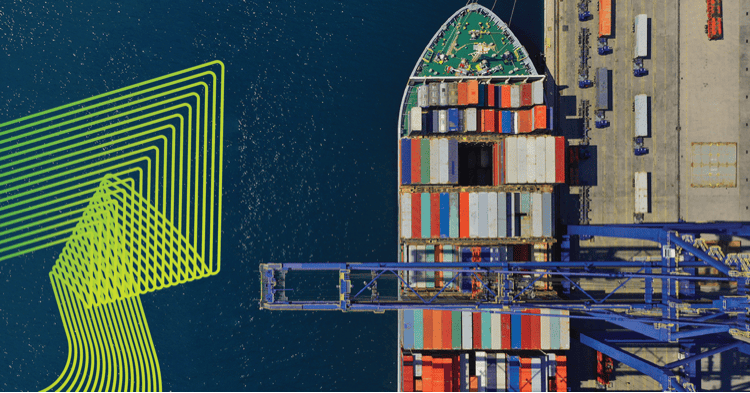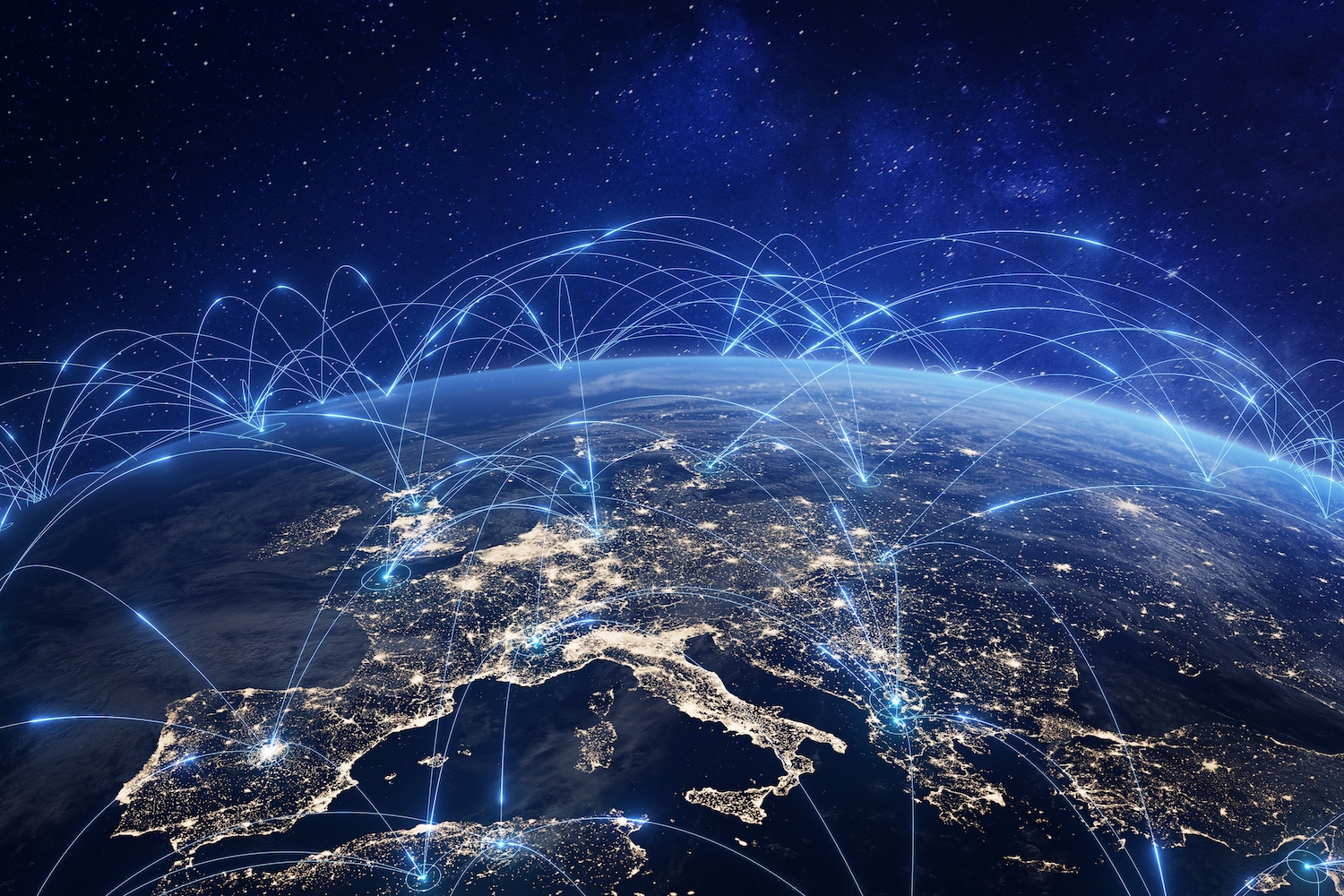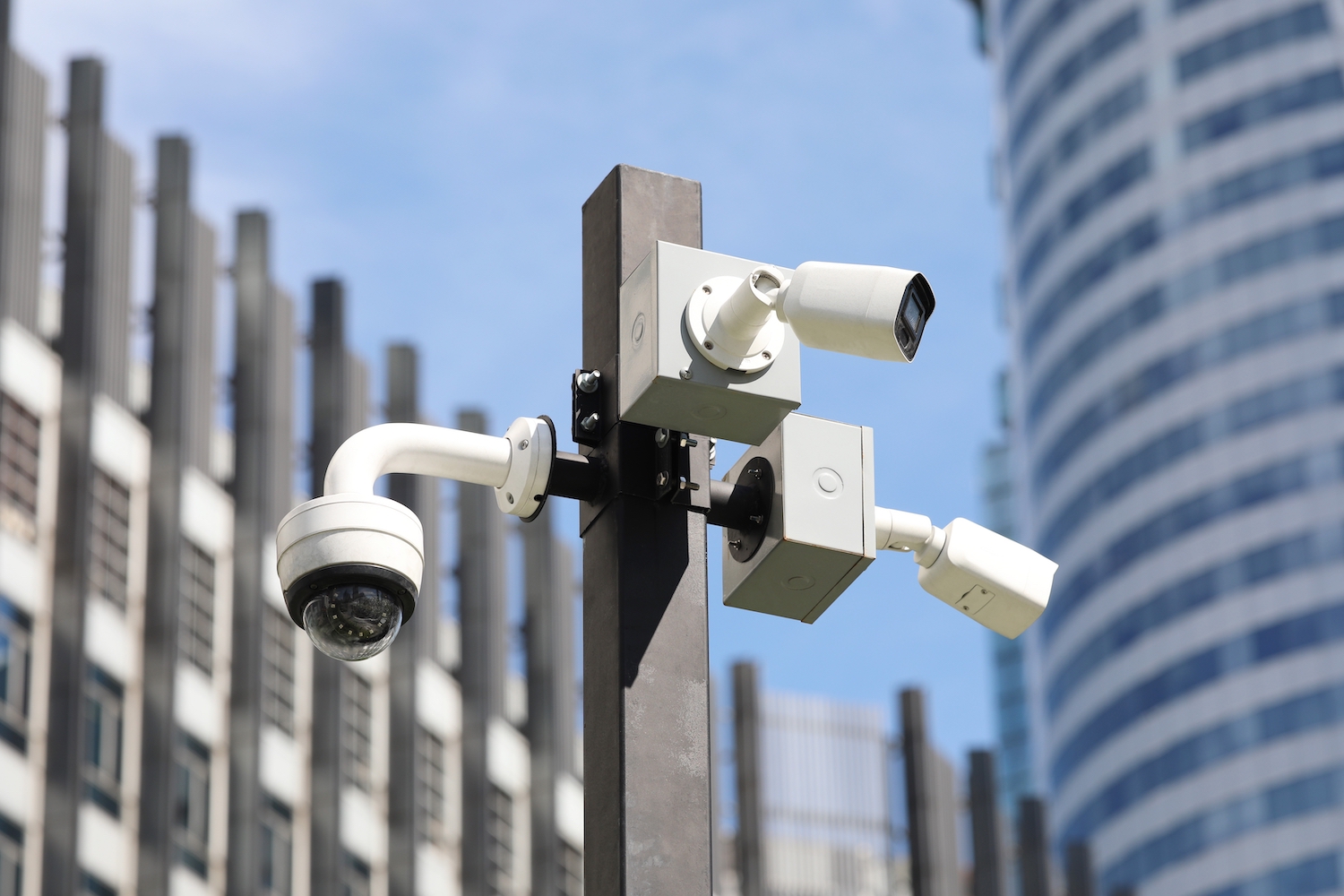There is no doubt that global political instability is impacting and disrupting travel and business operations. Due to the fact that political and social threats are now more nuanced, involving both traditional security risks and emerging challenges like disinformation, civil unrest, and public health crises, travel has become more difficult for both the business travelers and those managing the planning. Organizations and their traveling employees now face an increasingly volatile landscape where managing political and social threats, such as health pandemics and outbreaks, is crucial not just for safety and the traveler’s well being, but for business continuity and reputation.
Despite the complexity of the conditions, it is possible for organizations and their security teams to manage these risks proactively. Teams have access to new technologies and travel risk management tools that update them in real-time to new incidents and events that may directly or tangentially impact them. Seerist is the creator behind a platform that is designed to do just that, and so much more, to help security teams do all that is possible to keep an organization’s people, assets, operations, and reputation out of harm’s way.
Understanding the Landscape of Political and Social Threats
Security teams have a long list of threats to monitor and political and social threats are some of the most important ones to keep tabs on. Often these threats are interconnected and one may lead directly into the other. For example, a local protest can escalate into a national crisis, making it challenging for organizations to react in time.
Political threats are always top of mind for security teams. They must remain cognizant of leadership actions and reactions in all countries and areas in which their organization is based and does business with. It is essential for security teams to have a solid understanding of the landscape and social activities happening abroad, in addition to what is occurring locally.
Examples of political threats to be aware of include geopolitical instability brought on by sudden regime changes, military conflicts, or sanctions. Other types of political and geopolitical risks might include terrorist acts, military attacks, or war. Changes in government policy, such as unexpected visa restrictions, trade wars, or tariffs, civil unrest like large-scale protests and strikes, and even terrorism and political violence in the form of bombings or targeting violence are other types of political issues that can create negative impacts for an organization. Being aware of the political conditions in areas of interest is critical in ensuring that an emerging incident doesn’t create long-lasting issues for a business.
Social threats are also important to monitor, as they can disrupt travel and operations. Types of social threats to monitor for are social instability, such as a rise in unemployment, economic inequality, and societal divisions. It’s also key for teams to understand the level of crime and violence in areas in which business is conducted, where facilities are based, or where employees are traveling to. Activities such as robbery, kidnapping, and targeted violence against foreigners, must be flagged. It remains key to monitor public health and safety challenges, including pandemics and epidemics like Ebola and the COVID-19 virus.
Another social threat that is rising in its prevalence is disinformation and propaganda campaigns. While propaganda campaigns are not new, technologies are making and rapid spreading of dis- and misinformation easier than ever. Any false reports that escalate tensions is incredibly dangerous.
Assessing Travel Risk: A Proactive Approach
Ensuring that it is safe for employees to travel to specific locations is an important part of a security team’s job. Key factors to assess include:
- Destination-specific threats. Teams must conduct research on local political stability, crime rates, public health risks, and social tensions. With this information they can then ascertain if traveling is too big of a risk or not, and can also appropriately arm the traveler with needed information about their destination.
- Traveler profile. It is important for the security team to consider factors about the people they are sending to areas, including their nationality, purpose of the trip (is the executive traveling to discuss a controversial topic and therefore more likely to experience threats?), and past travel experience.
- Itinerary details. Depending on the threat level of the destination, security teams will need to strategically plan out routes, accommodations, and local transportation, including potential vulnerabilities.
- Business impact. At all times, it is critical for teams to be discussing and planning against how these risks might affect the organization’s operations, productivity, or reputation.
Using real-time data and intelligence to inform risk assessments is what will empower a security team to deliver the most accurate information to decision-makers in a timely manner, or leave traveling employees at risk. It is nearly impossible to remain informed about events and incidents happening in all areas of interest. However, there are technology partners and tools, like Seerist, that make this not only possible, but incredibly user-friendly. The right tool will help a security team plan better and deliver accurate insights in a timely manner.
Specific benefits to using a solution such as Seerist include: access to predictive analytics and early warnings of emerging threats, visuals of data depicting global instability, and automated alerts on risks based on traveler itineraries.
Developing a Comprehensive Travel Risk Management Plan
There are several crucial elements of an effective travel risk management program, and all aspects must be carefully considered. Travel can be an overlooked part of security plans, but it must be a priority in a volatile geopolitical climate.
Key components of the plan include:
- Risk Identification and Assessment. This is an extremely important task, which involves the creation of protocols to continually identify emerging threats. Staying ahead of events is key in order to circumvent incidents before they can fully disrupt operations or put travelers at risk.
- Emergency Response Procedures. This section of the crisis management plan should provide detailed action steps in case of a crisis. This may include instructions for activities such as evacuation procedures, alternative travel routes, and other contingency plans.
- Communication Protocols. Plans may often lack communication procedures. Knowing which decision-makers need to be contacted, and when others need to be alerted, is important. Ensuring the smooth handling of a crisis is always dependent on having established channels for emergency communication between travelers and headquarters, so security teams must clearly outline the communication procedures.
- Traveler Training. It is important to invest time in educating staff on situational awareness, cultural norms, and how to respond to various threats. Oftentimes it may be assumed that a traveler has knowledge about the culture of their destination, but that is not always the case. Proficient briefings about locations must always be provided and will only benefit the traveler.
- Security Protocols. Travelers must always depart for their travel with detailed guidelines on accommodations, travel, and personal security. This information can only improve their experience and will help ensure safe and risk-free travel experiences.
In addition to travelers being armed with plans that offer insight on all of the items above, it is important for them to understand the importance of being flexible. Both the security team and the traveler must understand that plans may need to change, and everyone involved must be prepared and willing to adapt quickly to emergency circumstances in volatile regions.
To this point, it is imperative that security teams are above to track and monitor their travelers’ whereabouts. This includes the need for tracking travelers’ real-time location. Seerist offers location tracking features and integration with existing security systems, which can greatly assist teams in ensuring enhanced coordination during emergencies.
Mitigating Risks During Travel: Practical Tips
When security teams and travelers properly plan for their trips, safety is a more likely outcome. Ways that potential risks during travel can be mitigated include Pre-trip information downloading, On-trip safety practices, and Emergency preparedness. Let’s break down these buckets.
Pre-trip Information Downloading
This is when security teams spend time researching and assessing destination-specific risks, such as protest, unstable governments, upcoming weather or natural disasters, etc. The teams then ensure that all necessary documents, vaccinations, and permits are obtained. They also work to provide all pertinent information and intelligence to the travelers – ensuring the employee is fully aware and knowledgeable on all information is key. Security teams will also register with local embassies or consulates to stay informed on conditions, and set up a communications plan with the travel, the appropriate local entities, and their internal teams.
On-Trip Safety Practices
During this phase of the trip, the security team is working to stay updated on local events through reliable sources, news outlets, and on-the-ground contacts and associations. They are communicating regularly with the traveler to ensure they avoid areas prone to instability, and are helping them to practice situational awareness by staying alert to surroundings. Travelers must be proactive in securing personal belongings to avoid theft and following cybersecurity best practices to prevent data breaches.
Emergency Preparedness
This step focuses on ensuring the traveler has all of the pertinent information at their fingertips, should they be found in a dangerous situation. For example, the traveler must know local emergency contact numbers, understand local customs and laws to avoid miscommunication with authorities, and prioritize regular check-ins with their hometown security teams.
The Role of Technology in Travel Risk Management
Technology has transformed travel risk management, shifting from reactive to proactive solutions. Experts such as Seerist offer an expansive list of benefits and advantages, such as:
- Augmented analytics: Combining AI and human expertise to deliver actionable insights.
- Predictive capabilities: Anticipating political and social threats before they escalate.
- Comprehensive data sources: Seerist draws from a wide range of data sources (social media, news outlets, governmental reports, etc.) to offer a holistic view.
- Real-time alerts: Notifications for emerging risks, tailored to traveler locations and business needs.
- Integration with existing systems: Seamlessly integrates with business travel management and security systems for streamlined workflows.
- Establish a holistic view. Seerist offers a bird’s eye view of a situation and allows security teams to review events from a holistic perspective in order to understand the context behind them.
- Empowering decision-making: Show how Seerist enables organizations to make data-driven decisions, improving safety, security, and operational continuity.
- Accelerated incident alerts: Seerist has a unique capability to scan news and social media for the largest, accelerator or newest stories – dramatically accelerating an organization’s ability to pick up indicators and warnings that could be material to travelers.
This powerful combination of features help security teams to protect their employees more effectively and efficiently. Information is available at the push of a button, and expert insights can help time-strapped teams to more adequately and accurately arm travelers and leaders with intelligence.
Investing in Travel Risk Management Software is a Must
Proactive travel risk management solutions in today’s increasingly unstable global environment is essential. Doing anything less than the steps included here is doing a great disservice to employees, and can be putting people at risk. Seerist is designed to help security teams expand their bandwidth and can help organizations address political and social threats to ensure better preparedness. Seerist accomplishes this goal by helping security and intelligence teams to understand which security and geopolitical related events are of the highest priority to their travelers, and organization as a whole.
If your organization struggles with travel risk management, and needs support in risk management as a whole in order to proactively plan and best protect its people, assets, and operations, Seerist may be the exact solution you need and can offer improved speed of decision-making and insightful summaries; consider a trial or setting up a consultation today.






